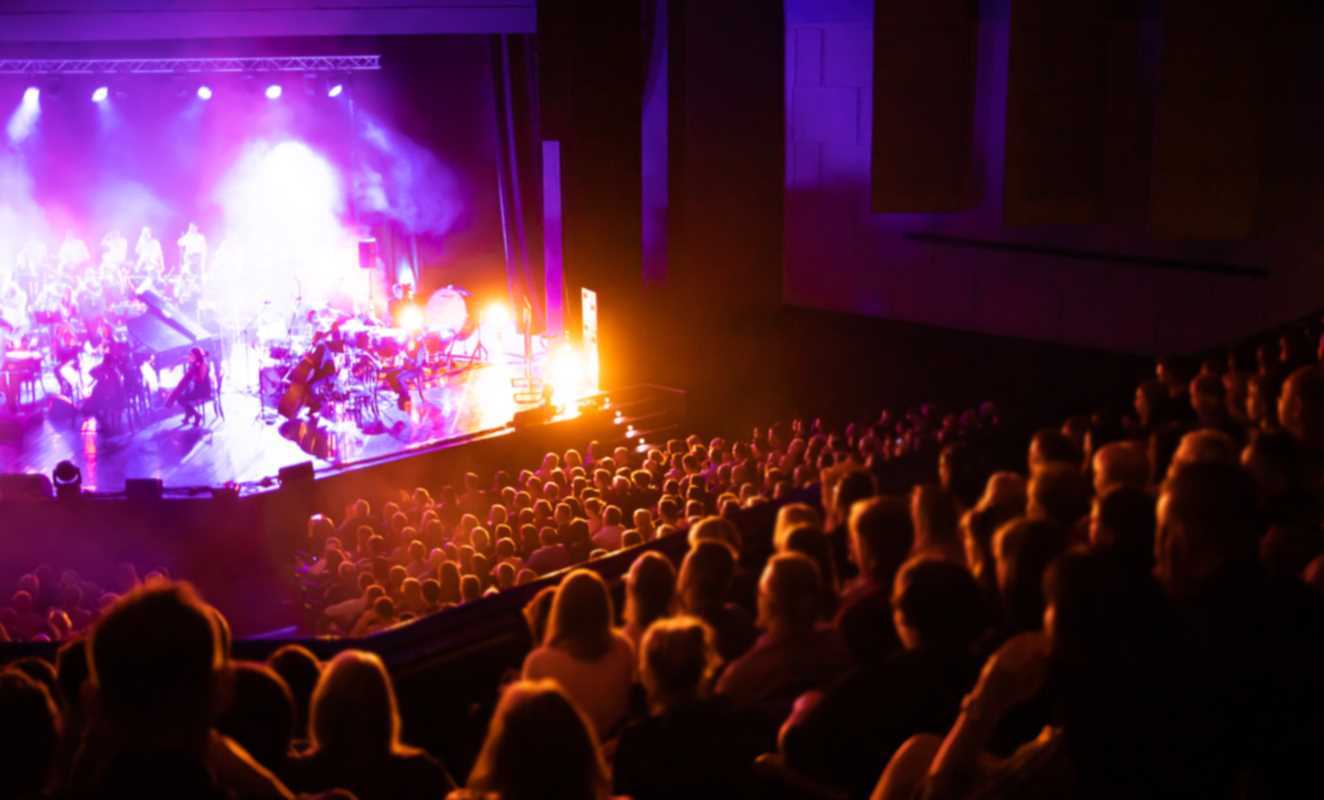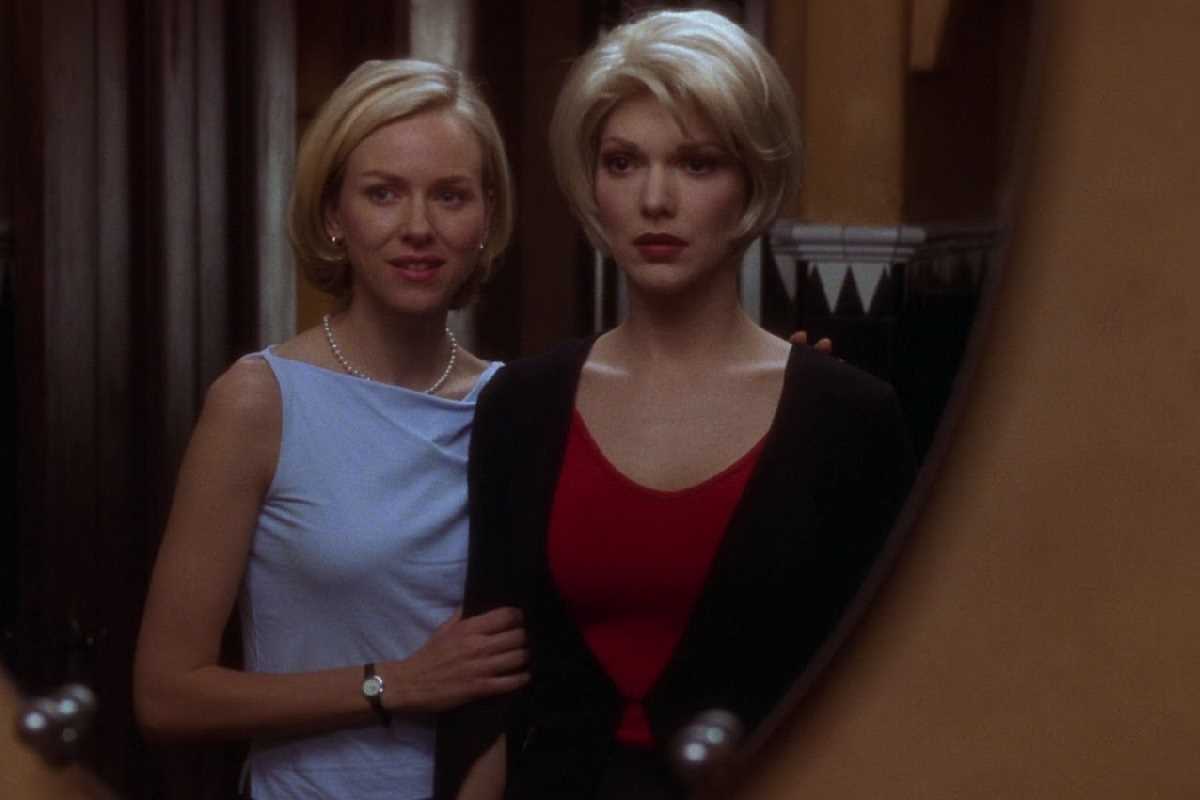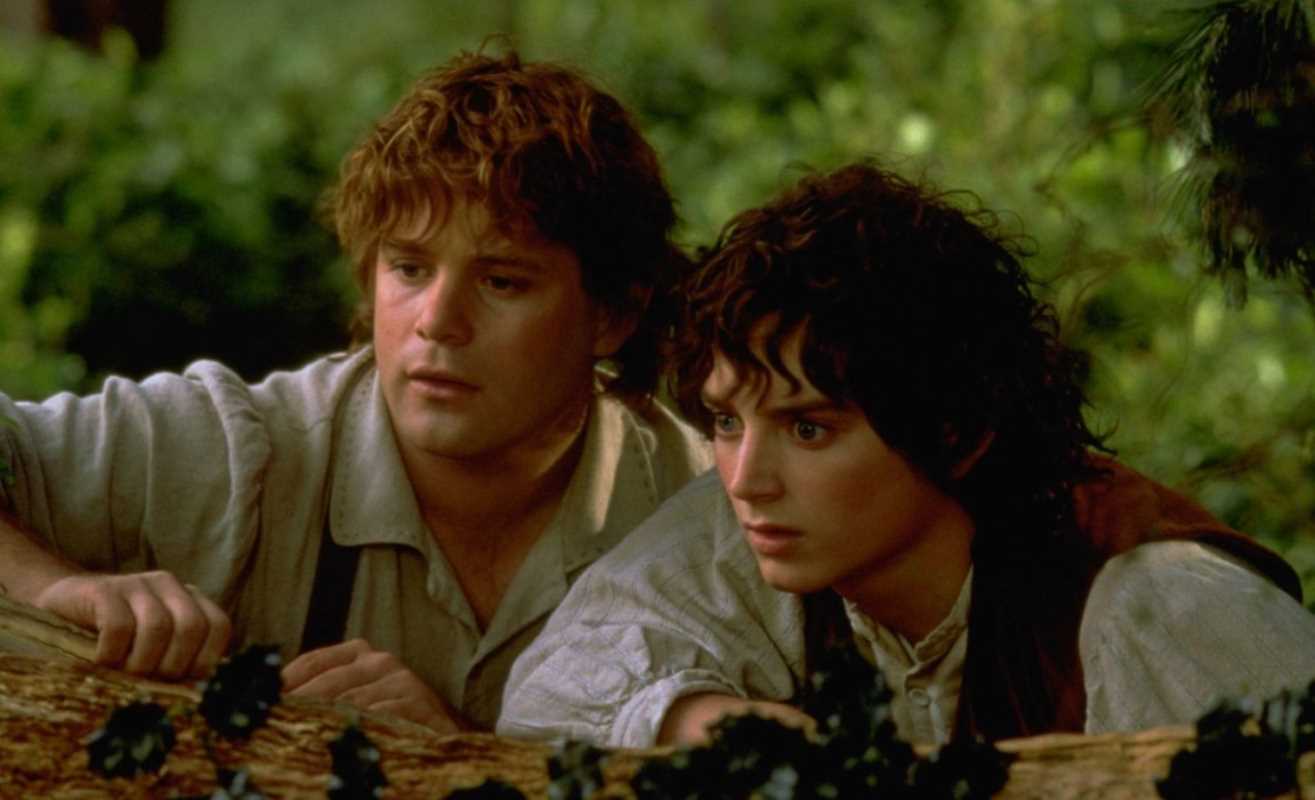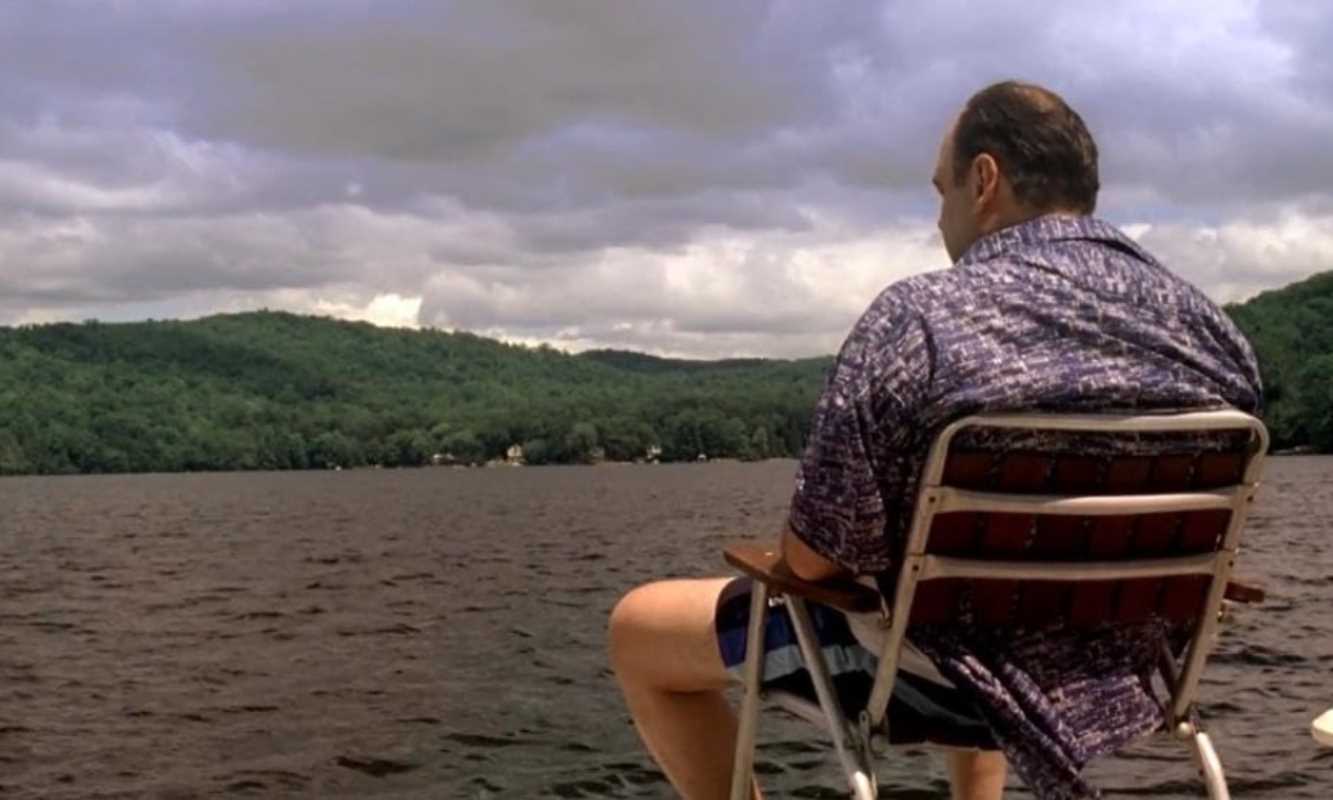Since its debut in 1977, Star Wars has been a driving force in cinema's evolution of visual effects (VFX). With groundbreaking achievements in technology and storytelling, Star Wars has had a lasting impact on the industry, shaping the way films are made today. As the franchise expanded, it introduced new technologies and methods that changed how visual storytelling approaches, influencing everything from CGI advancements to practical effects techniques. The evolution of Star Wars visual effects is a journey of innovation that continues to inspire filmmakers worldwide.
The Dawn of Visual Effects in Star Wars (1977)
When Star Wars: A New Hope was released in 1977, the film industry was still in the early stages of utilizing visual effects. Before Star Wars, effects were limited to practical models, miniatures, and compositing techniques. However, George Lucas's vision for Star Wars required something far more ambitious, setting the stage for the revolutionary advancements in film technology that followed.
- The Birth of Industrial Light & Magic (ILM): Lucas founded ILM, a visual effects company that would go on to become one of the most influential entities in the film industry. ILM was tasked with creating the impressive space battles, alien creatures, and exotic landscapes integral to Star Wars. Innovative techniques like motion control cameras and front projection were developed.
- Miniatures and Models: One of the most notable VFX techniques in A New Hope was the use of miniatures. ILM crafted detailed models of starships, such as the Millennium Falcon and TIE Fighters, which were then filmed using motion control systems. These models allowed for dynamic, realistic shots of starships in space, setting the standard for space films for years to come.
- Matte Painting and Optical Effects: Matte paintings helped create expansive, alien landscapes by combining painted backdrops with live-action footage. Optical effects blended these elements seamlessly, giving the viewer a sense of immersion in otherworldly environments.
The Shift to Digital: The Prequel Trilogy and CGI Innovation (1999-2005)
When the prequel trilogy began in 1999, Star Wars once again redefined the scope of visual effects. Digital technologies were beginning to revolutionize filmmaking, and the prequels showcased how CGI could create things previously impossible to achieve with practical effects alone.
- The Rise of CGI: While the original trilogy used miniatures and practical effects, the prequels embraced digital technologies to create entire environments, creatures, and even characters. The Phantom Menace (1999) introduced fully CGI characters like Jar Jar Binks, and entire environments, such as the city of Coruscant, were digitally rendered. This marked a turning point in how films used VFX as an integral storytelling tool.
- Virtual Sets and Green Screen Technology: Attack of the Clones (2002) was filmed largely on green-screen stages, with much of the environment digitally rendered. This allowed filmmakers to create entirely new worlds, free from the limitations of physical sets or locations.
The Modern Era: Blending CGI and Practical Effects (2015-Present)
In the sequel trilogy and spin-off films, Star Wars continued to evolve its visual effects by blending practical and CGI elements. The innovative techniques pioneered by Star Wars have continued to influence filmmaking, and modern Star Wars productions have pushed VFX even further.
- The Mandalorian and Real-Time CGI: A significant advancement in Star Wars visual effects came with the Disney+ series The Mandalorian. The series used Stagecraft, a technology developed by ILM that uses massive LED screens for virtual environments. This allowed for real-time rendering, which helped actors interact more naturally with their surroundings and provided a more immersive experience than traditional green screen.
- The Balance Between Practical and Digital Effects: While The Force Awakens (2015) and The Last Jedi (2017) incorporated CGI, they also focused heavily on practical effects, such as animatronic creatures and sets. This balance ensured the franchise retained the tactile realism fans loved from the original trilogy.
- Innovative Motion Capture and Digital De-Aging: In The Rise of Skywalker (2019), digital de-aging technology was used to bring back younger versions of characters like Luke Skywalker and Leia Organa, which has since become a key technique used in many modern films.
The Lasting Influence on Modern Cinema
Star Wars has left a permanent mark on the film industry, with its innovations influencing countless filmmakers and shaping how films are made today.
- CGI as a Mainstream Tool: The use of CGI in Star Wars helped establish it as a mainstream tool for filmmakers. Today, CGI is ubiquitous in blockbuster films, with franchises like The Lord of the Rings and the Marvel Cinematic Universe drawing inspiration from Star Wars' seamless integration of CGI and practical effects.
- Revolutionizing Motion Capture: The motion capture techniques used in Star Wars for characters like Jar Jar Binks and Yoda were groundbreaking and have influenced many films that followed, especially in character creation and action scenes.
- The Rise of Virtual Reality and Digital Filmmaking: Star Wars continues to lead in visual effects innovation, especially with technologies like virtual reality and real-time rendering. The Mandalorian’s use of LED screens to create dynamic environments has opened up new possibilities for filmmakers, further cementing Star Wars’ legacy as a leader in visual effects.
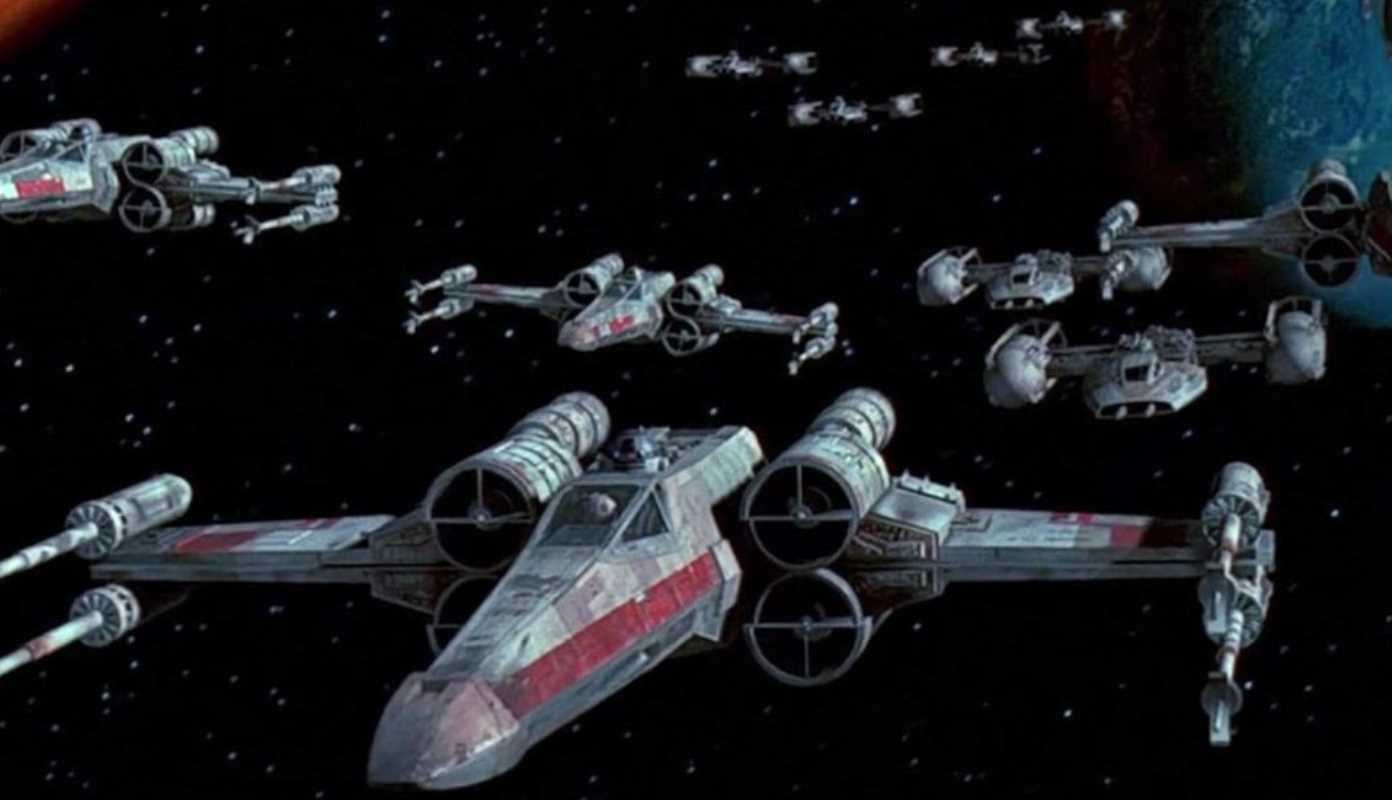 (Image source: Lucasfilm Ltd.)
(Image source: Lucasfilm Ltd.) 